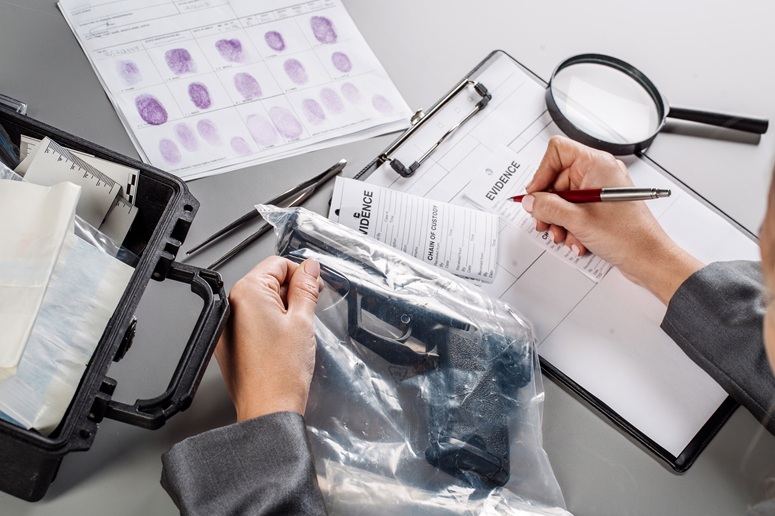Murder trials are among the most serious and complex cases in the criminal justice system. Prosecutors must prove guilt beyond a reasonable doubt, and the outcome often hinges on the strength and reliability of the evidence presented. Understanding the types of evidence commonly used in murder trials can help defendants and their families better grasp what to expect during legal proceedings.
Physical Evidence
Physical evidence is often the cornerstone of a murder trial. This includes tangible items collected from the crime scene, such as:
- The alleged murder weapon (knife, gun, blunt object)
- DNA samples (blood, hair, skin cells)
- Fingerprints
- Footprints or tire tracks
- Clothing or fibers
This type of evidence can link a suspect to a crime scene or victim and may be used to demonstrate how the crime occurred.
Forensic Evidence
Forensic science plays a significant role in modern murder investigations. Forensic evidence includes:
- DNA analysis to match suspects to biological material
- Ballistics reports that connect bullets or casings to specific firearms
- Autopsy reports from the medical examiner, detailing the cause and manner of death
- Toxicology results showing drug or alcohol levels
These scientific findings are often presented by expert witnesses who explain their significance to the jury.
Witness Testimony
Eyewitnesses or individuals with knowledge of events leading up to or following the crime can be powerful in court. Testimony may come from:
- Eyewitnesses who saw the act or the suspect near the scene
- Friends or family of the victim or defendant
- Law enforcement officers who investigated the crime
- Expert witnesses who provide an analysis of evidence
However, witness reliability can be challenged, especially if memory or perception may have been impaired.
Digital and Electronic Evidence
Technology has become a crucial part of criminal investigations. Digital evidence in a murder trial may include:
- Cell phone location data
- Text messages, emails, or call logs
- Surveillance footage from nearby cameras
- Social media activity
- Computer search history
This evidence can help establish timelines, track movements, and reveal motive or intent.
Circumstantial Evidence
Not all evidence directly proves guilt. Circumstantial evidence suggests a person’s involvement through implication, such as:
- Motive (financial gain, jealousy, revenge)
- Opportunity (being at the right place and time)
- Behavior before or after the crime (flight, inconsistent statements)
Although indirect, circumstantial evidence can still be persuasive when it builds a strong narrative.
How The Law Offices of Christopher St. John in Cherry Hill Can Help
At The Law Offices of Christopher St. John, we know how to challenge every piece of evidence brought against you. Our firm investigates thoroughly, consults with experts, and works tirelessly to cast doubt on the prosecution’s case.
If you or a loved one is facing a murder charge, don’t wait. Contact our Cherry Hill office today for a confidential consultation and trusted legal defense.








 Christopher St. John
Christopher St. John
 Tess Berkowitz
Tess Berkowitz